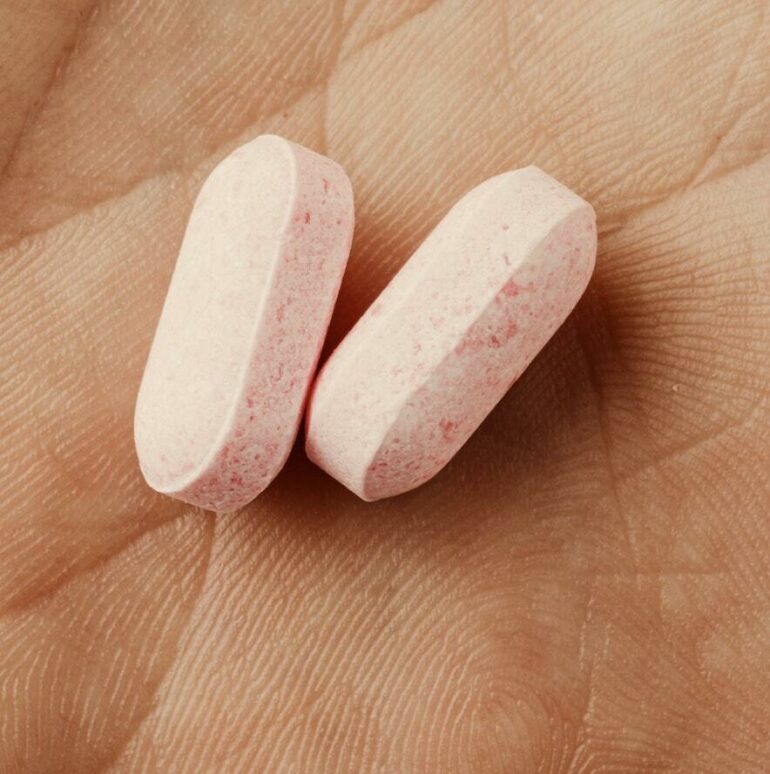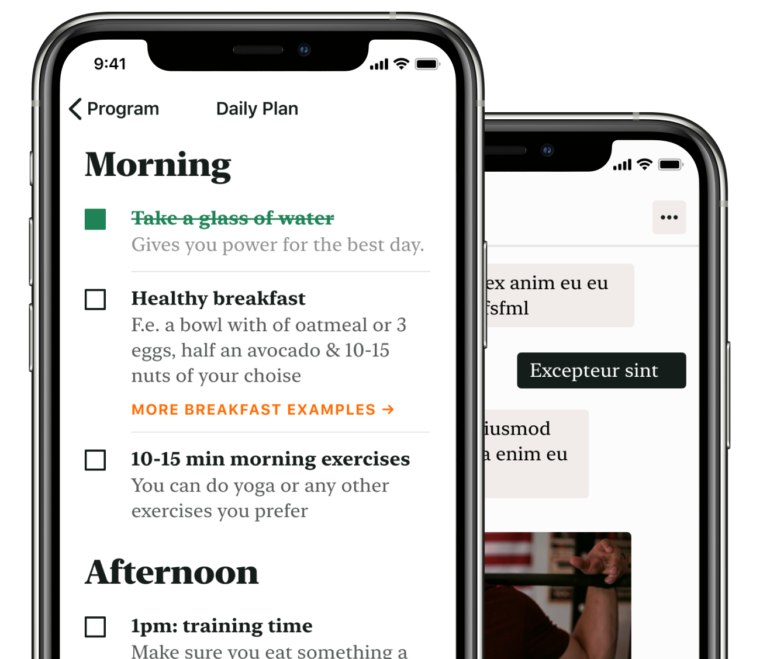Today we’re gonna look at the question: What are the safest nootropics? We’re gonna list the top 5 safest nootropics that are currently available.
But first, we need to look at the definition of nootropic. The term “nootropic” was coined in 1972 by the chemist and psychologist, Corneliu Giurgea. According to Giurgea, in order for any substance to be considered a nootropic, it should:
- Enhance learning and memory
- Enhance the resistance of learned behaviors to conditions that disrupt them
- Protect the brain against chemical and physical injury
- Increase the efficacy of various brain functions
- Lack the usual pharmacology of other psychotropic medications
- Have very few side effects and very low toxicity
Notice the last line: “Have very few side effects and very low toxicity.” Nootropics, by definition, have few side effects and low toxicity.
In other words, all nootropics, by definition, have a high level of safety. That’s why drugs like Adderall and Ritalin are not considered nootropics. Do they improve learning, increase focus, and boost performance? Yes, they absolutely do. But both have tons of possible side-effects, and are neurotoxic at high doses.
In order for a substance to be considered a nootropic, it has to both improve one or more facets of cognitive performance andhave very few side effects and low toxicity. So all nootropics, if they fit Corneliu’s definition of nootropic, are safe.
That being said, some nootropics have been around much longer than others and have endured more rigorous safety testing. That’s what we’re gonna list today. The top 5 safest nootropics, according to clinical studies, case reports, and personal experience.
So, here are the top 5 safest nootropics. They’re not in any particular order. All 5 have been around for decades, have been the subject of numerous scientific studies, and have plenty of case reports to attest to their safety and effectiveness.
The Top 5 Safest Nootropics
1. Piracetam
The first nootropic on our list is widely considered to be the first nootropic ever created: piracetam. This novel substance was first synthesized by Corneliu Giurgea in 1964. Does that name sound familiar? It should because, if you recall, he’s the guy that coined the term “nootropic.”
While unregulated and sold as a dietary supplement in the United States, piracetam is a prescription drug (sold under the brand name Nootropil) in much of Europe, Russia, and South America.
Piracetam has been the subject of well over 100 scientific studies. It has consistently been shown to have an excellent safety profile. And it has been used by thousands of people under the direct care of a licensed physician for more than 50 years.
Side effects from piracetam are rare, and when they do happen, are usually very mild and go away as soon as it’s discontinued. This makes piracetam an excellent choice for people new to the exciting world of nootropics. With so many scientific studies and case reports behind it, we can confidently say that piracetam is a safe and effective nootropic.
You can learn more about piracetam here: Piracetam – The First Nootropic.
2. CDP-Choline (Citicoline)
This is a substance that has several cognition-boosting properties by itself, but is usually taken with other nootropics to boost their effectiveness and reduce side-effects.
CDP-Choline (aka citicoline) is a prodrug for choline and uridine. It influences levels of chemicals in the brain that are known to play a role in learning, memory, and other cognitive functions.
Like piracetam, CDP-Choline has been the subject of more than 100 scientific, peer-reviewed studies. It has consistently been shown to be a safe and effective nootropic.
CDP-Choline is sold in more than 70 countries, under a variety of brand names. It has been found to have a number of positive effects in the body and brain.
You can learn more about CDP-choline here: CDP-Choline For Memory and Motivation .
3. L-Theanine
I’m sure you’ve heard about how good drinking green tea can be for you. One of the major benefits comes from an amino acid that is found naturally in green tea called L-theanine.
L-theanine is an amino acid that is known to have nootropic properties. It increases relaxation without causing sedation. This helps people to think clearly without being overstimulated.
L-theanine is sold in the United States as a dietary supplement. The Food and Drug Administration (FDA) has given L-theanine GRAS (generally regarded as safe) status. This means that there is enough scientific evidence to suggest that it is safe for consumption, and can be sold in stores.
This is an excellent nootropic for first-time users. Its effects are mild, but noticeable, and has an excellent safety profile.
L-theanine stacks especially well with caffeine. Both caffeine and l-theanine have nootropic properties on their own. But when taken together, they have a synergistic effect. This means that they work even better together than they do on their own.
You can learn more about l-theanine here: L-Theanine – A Calming Nootropic.
4. Caffeine
Speaking of caffeine, did you know that it can be considered a nootropic? And not only does it caffeine have nootropic properties, but it’s been studied more than any other nootropic on this list.
I did a quick literature search, and immediately found over 400 scientific papers published on caffeine. There’s probably many more on top of that, but it gives us an idea of how extensively it’s been researched.
People have been using caffeine, in various forms, for thousands and thousands of years. There are a number of plants and herbs that grow naturally around the world that contain caffeine. The most common are coffee and tea, but there are others.
While caffeine may be the most well-known and widely-used nootropic on this list, it’s interestingly also the least safe (Sound familiar? Alcohol is well-known and widely-used, yet it is more dangerous and kills more people than all illegal drugs combined). Don’t get me wrong, at reasonable dosages caffeine is very safe. But it has more potential side-effects than any other nootropic on this list.
Caffeine, at modest dosages, is well-tolerated. But at higher dosages, it can cause a number of side-effects. These include headache, insomnia, hypertension, anxiety, and other side-effects. And stopping caffeine after prolonged use can cause mild withdrawal symptoms.
However, when used responsibly, caffeine can be considered a safe nootropic. It is effective at improving cognitive performance, and has few side-effects when taken at a reasonable dosage.
You can learn more about caffeine here: Nootropics That Stack Well With Caffeine.
5. Noopept
Last on our list of the safest nootropics in Noopept. It’s a nootropic drug that is similar to piracetam and the other racetams, although chemically distinct.
Noopept is sold as a dietary supplement in the United States. In Russia, however, it is sold as a prescription medication. Much like the Food and Drug Administration (FDA) in the U.S., Russia has Roszdravnadzor, an agency that also oversees drug safety.
Most of the research done on Noopept has been done in the past 15 years or so. Of the 45 scientific papers I found on Noopept, all but 7 of them were published after the turn of the century.
Noopept is a very popular nootropic right now. I’ve read through several hundred case reports of people using Noopept by itself or as part of a nootropic stack. Side-effects seem to be rare, and when they happen seem to be mild and easily reversible.
The most common side-effects with Noopept are upset stomach and headaches, and both can be addressed easily. For most people, the upset stomach goes away when they take Noopept with a meal. And the headaches can usually be alleviated by taking a choline source (like CDP-Choline) with Noopept.
Most people that try Noopept experience its nootropic effects without experiencing any side-effects. Taking a choline source with it can increase its benefits while reducing the possibility of side-effects.
You can learn more about Noopept here: The Nootropic Benefits of Noopept.
Conclusion
Nootropics, by definition, are supposed to be very safe. And for most people, most nootropics are just that. But there’s always an element of risk anytime you put anything new into your body.
Whether it’s a new food, a new drug, a new herb, or even a new brand of something you’ve had 1,000 times before, adverse reactions do happen. Because of this, it’s always a good idea to consult a licensed medical professional before starting or stopping any new drug, supplement, food, exercise routine, or lifestyle change.
That being said, most nootropics are very safe. And the list of the 5 safest nootropics that you just read contains the ones that are the best of the best, in terms of safety.
When trying a new nootropic (or anything for that matter, really), you should always do you research beforehand (due diligence), and start with a small dosage and work your way up as needed.
The whole point of using nootropics is to boost cognitive performance. So, use your head. Be smart, be safe, and do your research.
When it comes to nootropics, there’s always more to learn. It’s a (relatively) new area of study, and it’s growing rapidly. The good news is, when you’re taking nootropics, it’s easier to learn! Make sure to sign up for the Nootropics Zone newsletter. You’ll get the free PDF, The Ultimate Nootropics Quick Reference Guide.

